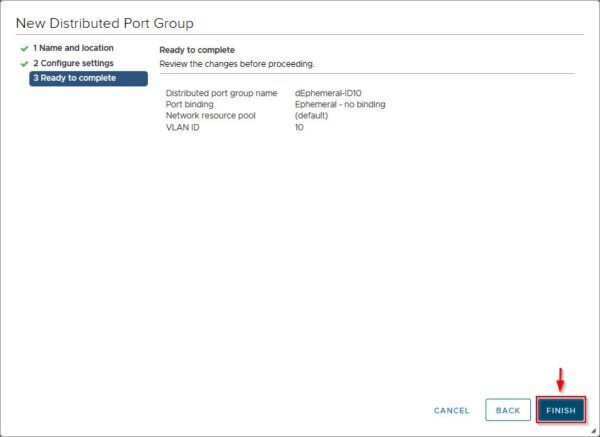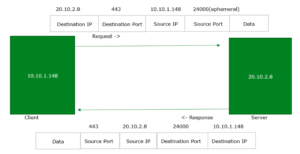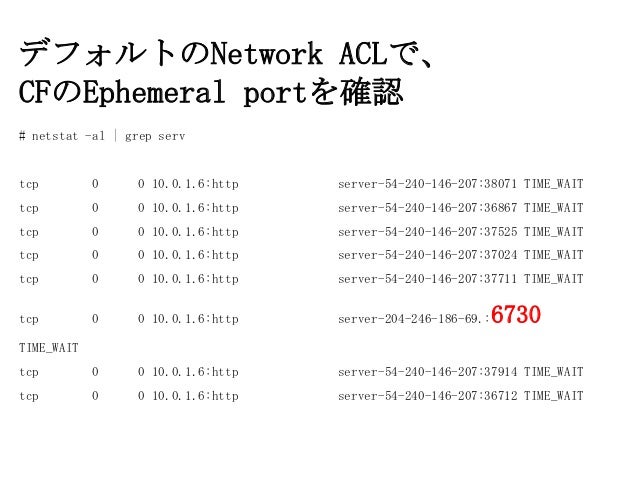
Think of a dyno as a lightweight container that runs the command specified in the Procfile. Right now, your app is running on a single web dyno. For example, you might declare one for a background worker process that processes items off of a queue. Procfiles can contain additional process types.

This command will use the start script that is specified in the package.json. It declares that this process type will be attached to the HTTP routing stack of Heroku, and receive web traffic when deployed. This declares a single process type, web, and the command needed to run it. The Procfile in the example app you deployed looks like this: web: npm start Use a Procfile, a text file in the root directory of your application, to explicitly declare what command should be executed to start your app. Press Control+C to stop streaming the logs. Visit your application in the browser again, and you’ll see another log message generated. View information about your running app using one of the logging commands, heroku logs -tail: $ heroku logs -tail Heroku treats logs as streams of time-ordered events aggregated from the output streams of all your app and Heroku components, providing a single channel for all of the events. As a handy shortcut, you can open the website as follows: $ heroku open Now visit the app at the URL generated by its app name. Ensure that at least one instance of the app is running: $ heroku ps:scale web=1 Remote: 9 packages are looking for funding Remote: up to date, audited 74 packages in 450ms

Remote: 64 packages are looking for funding Remote: added 160 packages, and audited 161 packages in 4s Remote: Installing node modules (package.json) Remote: Downloading and installing node 18.14.2. Remote: Resolving node version 18.x || 16.x. Remote: engines.npm (package.json): unspecified (use default) Remote: engines.node (package.json): 18.x || 16.x Remote: -> Determining which buildpack to use for this app Remote: -> Building on the Heroku-22 stack Now deploy your code: $ git push heroku mainĬompressing objects: 100% (412/412), done. Heroku generates a random name (in this case shrouded-anchorage-35377) for your app, or you can pass a parameter to specify your own app name. When you create an app, a git remote (called heroku) is also created and associated with your local git repository. Eligible students can apply for platform credits through our Heroku for GitHub Students program.Ĭreate an app on Heroku, which prepares Heroku to receive your source code. The Eco dynos plan is shared across all Eco dynos in your account and is recommended if you plan on deploying many small apps to Heroku. In this step, you will prepare a sample application that’s ready to be deployed to Heroku.īy default, apps use Eco dynos if you are subscribed to Eco.
#Ephemeral ports aws install#
If you don’t have it, install a more recent version of Node: $ npm -version

Npm is installed with Node, so check that it’s there. This tutorial will work for any version of Node greater than 10 - check that it’s there: $ node -version (Your versions might be different from the example.) If no version is returned, go back to the introduction of this tutorial and install the prerequisites.Īll of the following local setup will be required to complete the “Declare app dependencies” and subsequent steps. Type each command below and make sure it displays the version you have installed.

If you’re behind a firewall that requires use of a proxy to connect with external HTTP/HTTPS services, you can set the HTTP_PROXY or HTTPS_PROXY environment variables in your local development environment before running the heroku command.īefore you continue, check that you have the prerequisites installed properly.


 0 kommentar(er)
0 kommentar(er)
